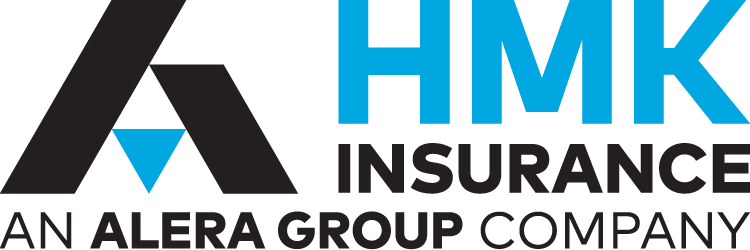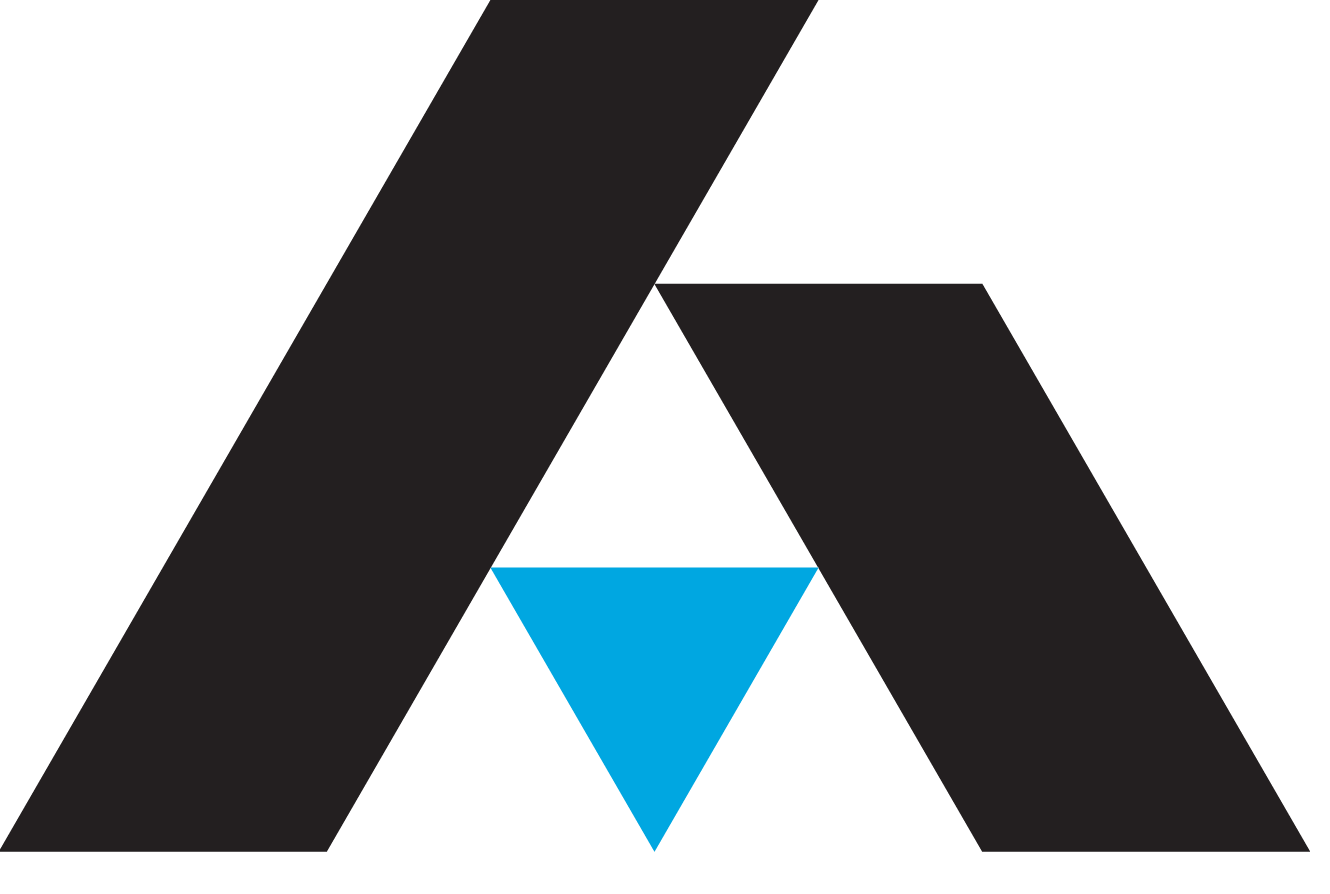 Experiencing healthy growth is a great thing! Over a nine-year period, our client grew its revenue from $15 to $170 million. To keep up with the growth during this time, the company’s workforce grew significantly.
Experiencing healthy growth is a great thing! Over a nine-year period, our client grew its revenue from $15 to $170 million. To keep up with the growth during this time, the company’s workforce grew significantly.
A fast-growing workforce with fast-growing expenses
When companies grow quickly, it is all too easy for employee costs to soar. As its revenue approached $170 million, its workers’ compensation premium ballooned to $1,284,000 to support its growing workforce. Leadership rightfully focused on meeting demand, revenue growth, and getting the growing team up to speed as quickly as possible. But this is also a critical time to watch for opportunities for efficiencies. In anticipation of this situation, Orion engaged ownership about how to reduce workers’ compensation expenses and free capital for other uses.
Captives can provide control over total cost of risk
Working closely with all of its partners, ownership decided that an insurance captive would be an efficient, effective way to gain control over its workers’ compensation costs. A captive is a wholly-owned subsidiary providing risk financing and management services to the parent company for specific risks. It is not unlike a Health Savings Account (HSA), but on a much larger scale. Rather than paying traditional premiums to an insurance company, the business sets aside money to prefund future claims to cover its own risk.
Captives are best leveraged by middle-market companies that have medium to high exposures to loss, such as manufacturing, distribution, and construction firms with 250 or more employees. The organization’s workers’ compensation needs made it a great fit.
To manage the transition to a captive, our “Educate to Innovate for Results” approach proactively explained the process and answered questions well in advance of the anticipated changes. This method allowed for detailed planning, an easier implementation, and a more rewarding experience.
Results are realized quickly and continue over time
By the end of the first year after its transition, our client was able to:
- Reduce its Total Cost of Risk, including risk financing costs and retained losses, to $580,000 (a 55 percent reduction)
- Recapture $704,000 of profit for reinvestment opportunities and owner equity
- Reduce its cost burden for a competitive advantage
The leadership team was thrilled with these results, both financially and in terms of efficiencies.
If you are interested in learning more about insurance captives, we can help. At Alera Group, we focus on helping organizations lower their overall cost of risk, not just their insurance premiums – an approach that often creates a competitive advantage and significant opportunities for meaningful savings over time.
Learn more about our collaborative approach to property and casualty HERE.





